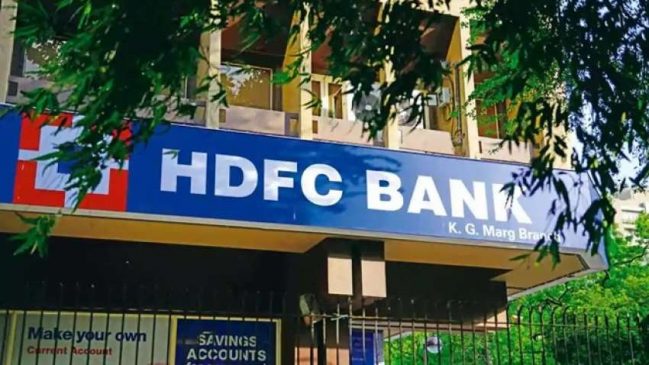HDFC Bank Ltd bounced back to its historic year-on-year net profit growth of 20 percent and above in the fourth quarter of FY22. Asset quality is pristine compared to that of its peers and loan growth of 20 percent is way above the industry’s single-digit performance.
But the lender’s operating performance showed spots of trouble. Operating profit growth was just 10.2 percent for the quarter and the net interest margin was at a record low.
There are four reasons behind HDFC Bank’s weak operating metrics.
Also Read: PM KISAN 11th instalment on this date: Here is how to register yourself to get benefit of Rs 2000
Credit risk
HDFC Bank has reduced its risk-weighted assets steadily over the past two years after the COVID-19 pandemic struck in 2020. The bank’s regulatory disclosures show that assets with 100 percent risk weight grew by 25 percent between FY20 and FY22 and those with less than 100 percent risk weight grew by a strong 51 percent.
Exposures that carried more than 100 percent risk weight grew by 32 percent. Risk weights are prescribed by the banking regulator and banks are expected to set aside capital depending on the risk weights of each loan. As such, most banks avoid loans that have more than 100 percent risk weight. The higher the credit risk, the higher is the interest income for the bank and vice-a-versa.
Loan mix
Another reason behind the modest 10 percent growth in net interest income for HDFC Bank was the steady increase in the share of wholesale loans. Wholesale loans now form more than half of the bank’s loan book, a marked shift from its retail-heavy days.
The share of retail is down to 39 percent now from pre-pandemic levels of 55 percent. Within wholesale, 26 percent is large corporate loans while 35 percent are to small business and the rural sector excluding farm loans. Further, incremental wholesale lending was to high-rated borrowers. The credit risk spread charged over and above the benchmark lending rate is low for such borrowers.
Low-risk retail
Retail loans continue to grow at a strong clip for HDFC Bank. In the March quarter, retail loans grew by 15 percent year-on-year. But the mix of retail book has also changed. Growth in high-risk credit card loans has slowed while auto loans have shrunk. These two loan categories fetch higher interest income and also contribute to fee income. The bank also tightened credit standards in order to avoid increase in credit risk in the wake of the pandemic. This too dragged down net interest income growth.
Also Read: CNG Price Hiked by 60% in One Year: Auto, Taxi Unions Go on Strike to Protest; Key Points
Margined out
Besides the drag on core interest income, low-risk loans tend to drag down net interest margins. HDFC Bank’s net interest margin was at a record low of 4 percent for the March quarter. Historically, the lender has reported margins in the 4.1-4.2 percent range every quarter.
Low-rated wholesale loans and sustained growth in retail loans kept the pressure on the margin. Further, since retail and small business loans were priced off the repo rate, the transmission of deep rate cuts by the Reserve Bank of India (RBI) onto loan rates was swift. For margins to improve, the lender would need policy rates to go up. Thankfully, the interest rate cycle has turned and margin expansion is now on the horizon for the bank.
Shares of the lender were down more than 2 percent on Monday despite most analysts retaining their buy rating on the stock. Surely, investors seem to have taken note of the unimpressive operating profit, core income growth and record low margin.





































